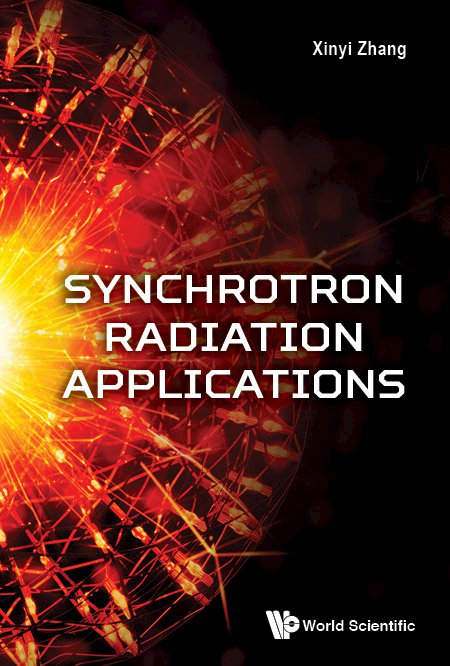Chapter 11: Synchrotron Radiation Applications on High-Pressure Research
As an important and matured experimental technology to probing materials’ structure, synchrotron radiation attracts huge amount of users including condensed-matter physicists, physical chemists, and chemical biologists to investigate the properties of matter by its unparalleled capability. On the other hand, high pressure experiment technologies provide a powerful probe of our understanding of the physical properties of molecules and materials, but at the same time, high pressure experiments are heavily confined on obtaining accurate structural information due to the tiny sample volume (of order 100 µm) in the pressuregenerator diamond-anvil cell, which can be perfectly remedied by the synchrotron radiation owing to its high energy and high brilliance. Great efforts have been made to take advantages of the unique characteristics of synchrotron radiation for high pressure research, including: a) high intensity in a broad energy spectral range, b) high brilliance (small angular divergence), c) tunable energy with the use of monochromators, d) pulsed time structure, e) coherence, and f) high polarization of the radiation. The combination of high pressure and synchrotron radiation provides a significant and effective method to explore the detail information of structure and physical properties under extreme conditions. Significant advances have occurred in high pressure synchrotron X-ray diffraction, extended absorption, inelastic scattering, imaging, and emission spectroscopy. With the steady development of high-pressure techniques combined with synchrotron radiation, new windows are opened for exploring the novel behaviors of materials under extreme conditions, including atomic coordination, structures, and bonding character.


